Blog
-
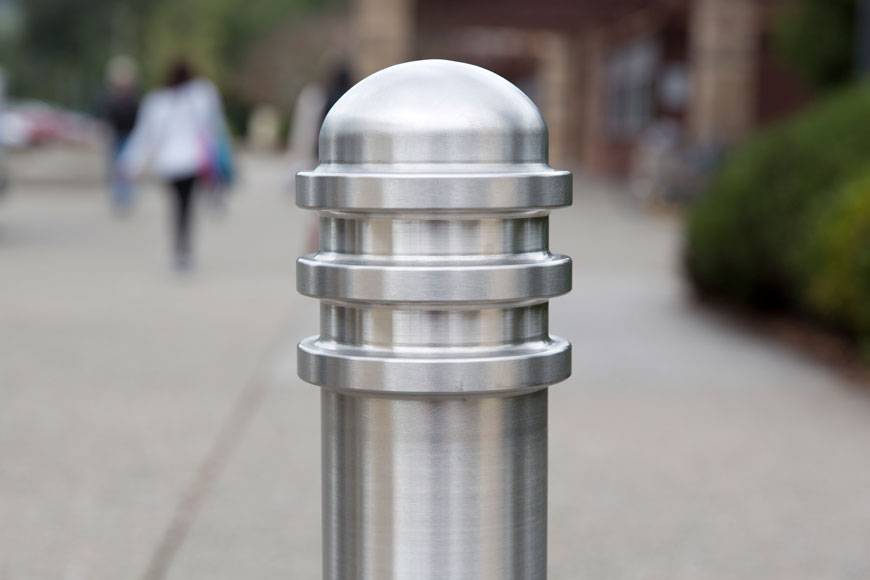
stainless steel the answer of stainless steel rust
Often in the showroom, but also in the company, customers ask us this question when they are about to buy an outdoor kitchen: “Does stainless steel rust over time?”. In this article we will try to remove any doubt about it.Read more -
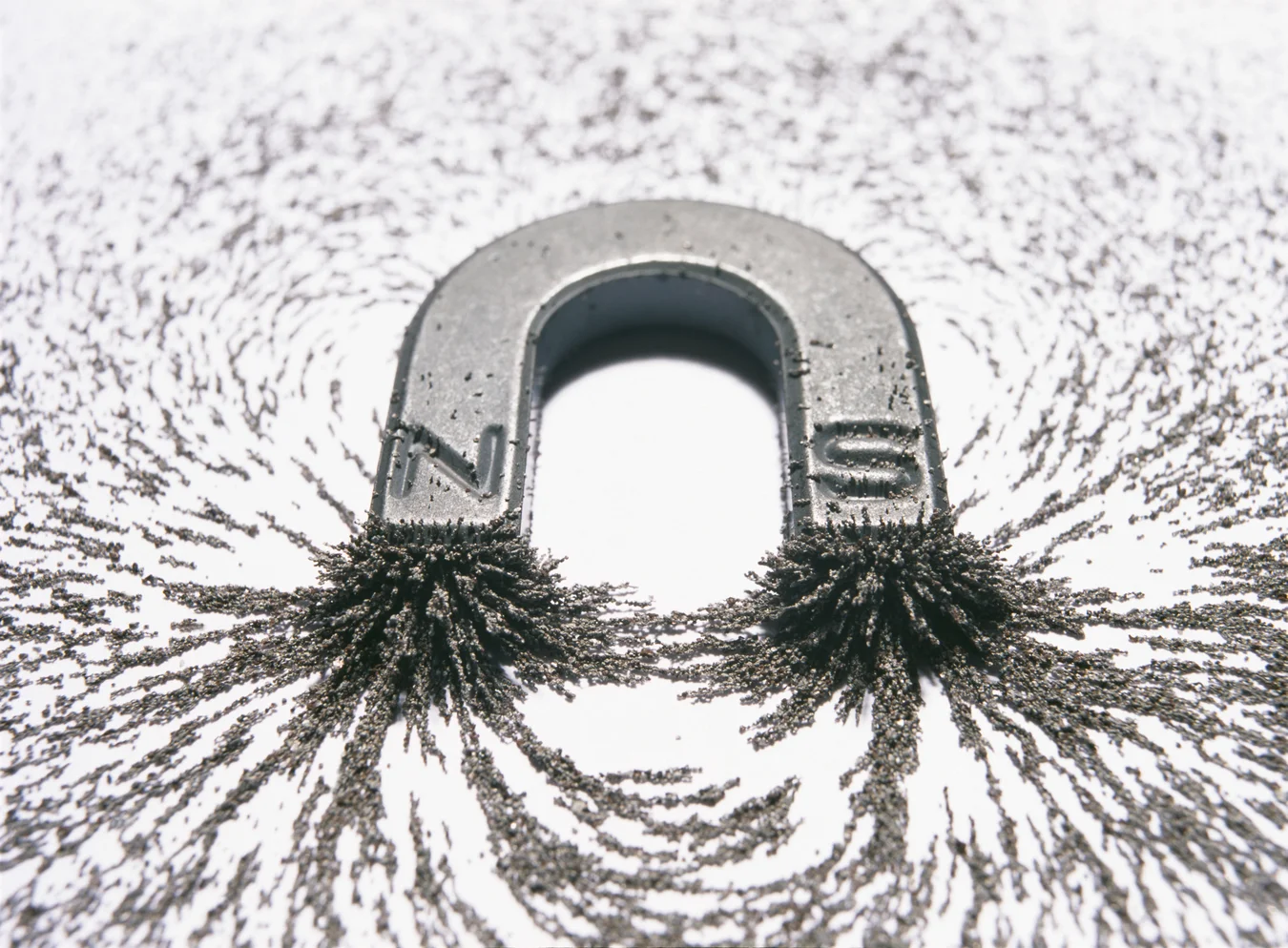
Stainless steel-Why don't magnets work on some stainless steels?
Stainless steels are iron-based alloys primarily known for their generally excellent corrosion resistance, which is largely due to the steel's chromium concentration. There are several different types of stainless steels. The two main types are austenitic and ferritic, each of which exhibits a different atomic arrangement. Due to this difference, ferritic stainless steels are generally magnetic while austenitic stainless steels usually are not. A ferritic stainless steel owes its magnetism to two factors: its high concentration of iron and its fundamental structure. The metallic atoms in an austenitic stainless steel are arranged on a face-centered cubic (fcc) lattice. The unit cell of an fcc crystal consists of a cube with an atom at each of the cube's eight corners and an atom at the center of each of the six faces. In a ferritic stainless steel, however, the metallic atoms are located on a body-centered (bcc) lattice. The unit cell of a bcc crystal is a cube with one atom at each of the eight corners and a single atom at the geometric center of the cube. Alloying the stainless steel with elements such as nickel, manganese, carbon and nitrogen increases the likelihood that the alloy will possess the fcc crystal structure at room temperature. Chromium, molybdenum and silicon make it more likely that the alloy will exhibit the bcc crystal structure at room temperature.Read more -
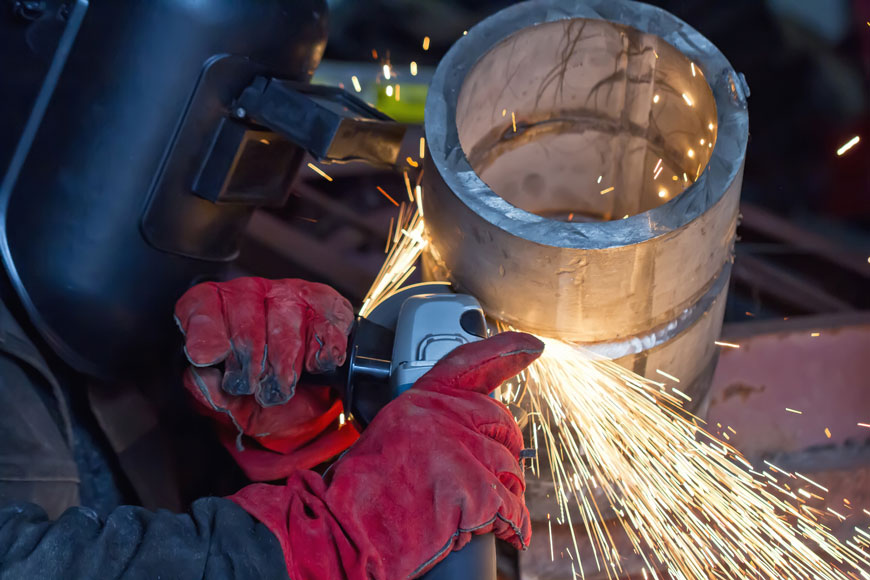
stainless steel How Stainless Steel Differs From Plain Steel
Stainless steel is well-known for being resistant to corrosion from things that make plain steel and iron (and other materials) rust away. However, many people don’t know why stainless steel is “stainless” and why it’s a preferred material for countless manufacturing applications such as Marlin Steel’s metal baskets, carts, trays, and racks.Read more -
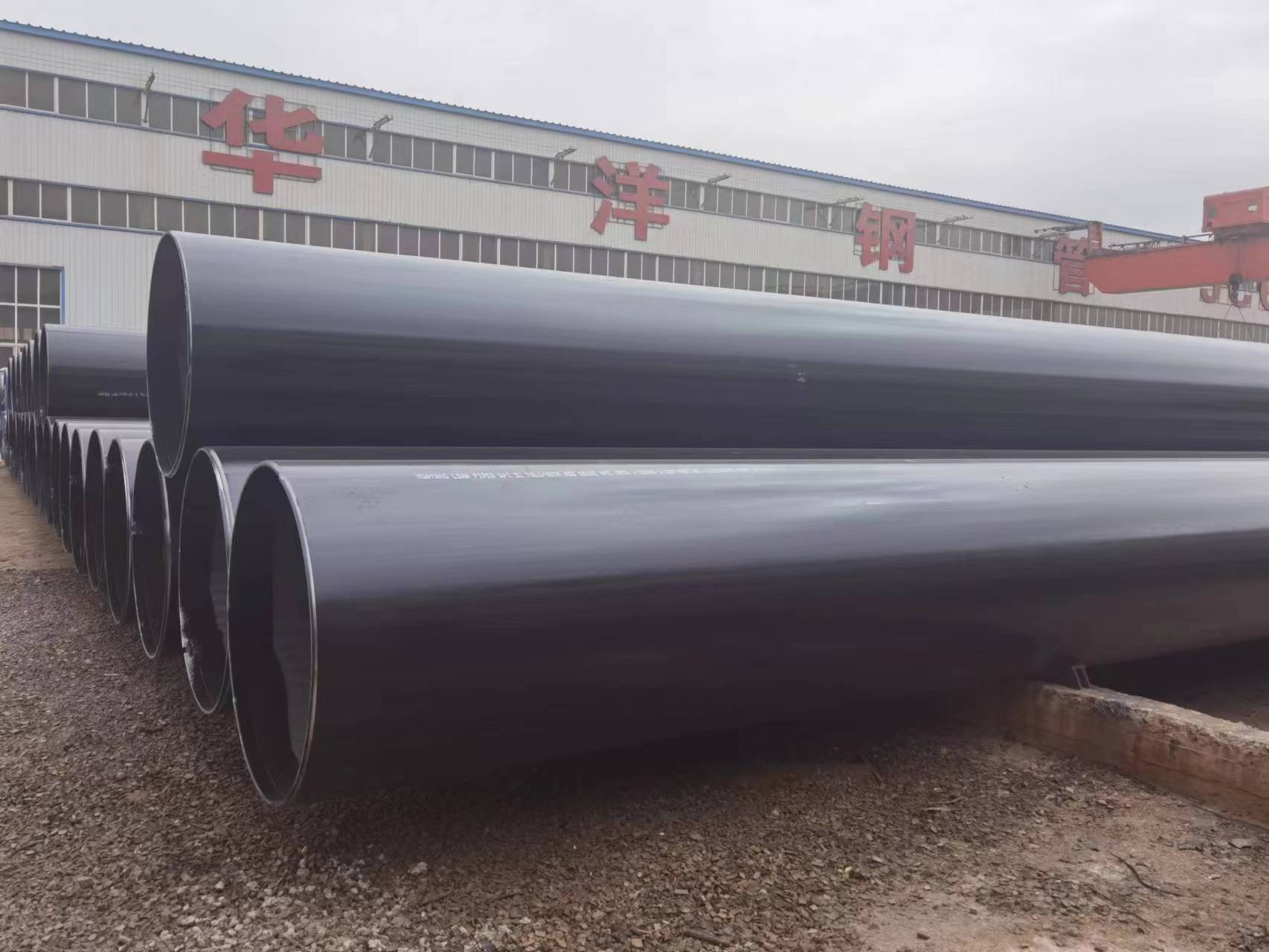
Stainless Steel
Stainless steel is an iron-containing alloy—a substance made up of two or more chemical elements—used in a wide range of applications. It has excellent resistance to stain or rust due to its chromium content, usually from 12 to 20 percent of the alloy. There are more than 57 stainless steels recognized as standard alloys, in addition to many proprietary alloys produced by different stainless steel producers. These many types of steels are used in an almost endless number of applications and industries: bulk materials handling equipment, building exteriors and roofing, automobile components (exhaust, trim/decorative, engine, chassis, fasteners, tubing for fuel lines), chemical processing plants (scrubbers and heat exchangers), pulp and paper manufacturing, petroleum refining, water supply piping, consumer products, marine and shipbuilding, pollution control, sporting goods (snow skis), and transportation (rail cars), to name just a few.Read more -
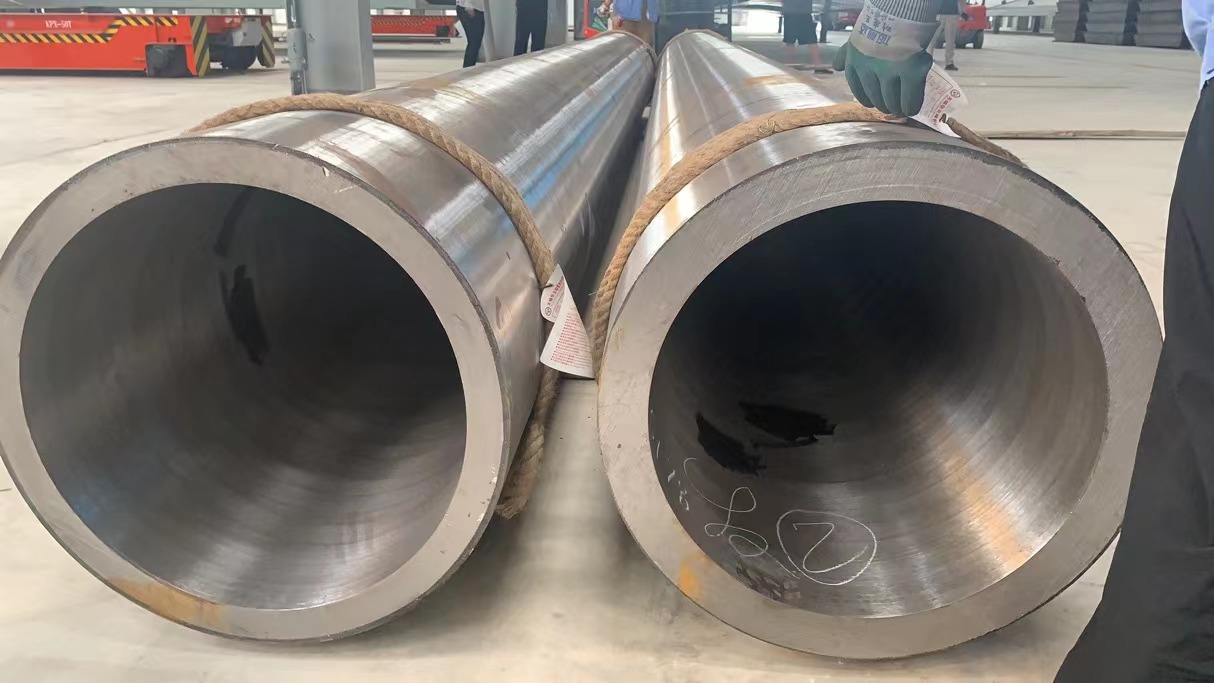
Stainless steel-Is Stainless Steel Magnetic?
Most people are unsure whether stainless steel is a magnetic or a non-magnetic metal. Some believe it could be magnetic because it has traces of iron, but in a real sense, the answer is neither a yes or a no. Some stainless steel varieties are magnetic while others aren’t.What Makes Stainless Steel Magnetic?For stainless steel to be magnetic, it has to meet certain requirements:The alloy must have iron in it.The crystal structure of the alloy must be arranged in a martensitic or ferritic structure.All stainless steel metals are a type of steel. That means their chemical composition contains iron. In most cases, stainless steel varieties with iron in their composition are magnetic. If the alloy has an austenitic crystal structure, then it’s not magnetic.Which Types of Stainless Steel are Magnetic?Whether a type of stainless steel is magnetic or not, it can be grouped depending on the type of stainless steel. Some of the typical magnetic stainless steels include:Stainless steel grades409, 430 and 439 also known as ferritic stainless steels.Stainless steel grades 410, 420 and 440 – martensitic stainless steels.Read more -
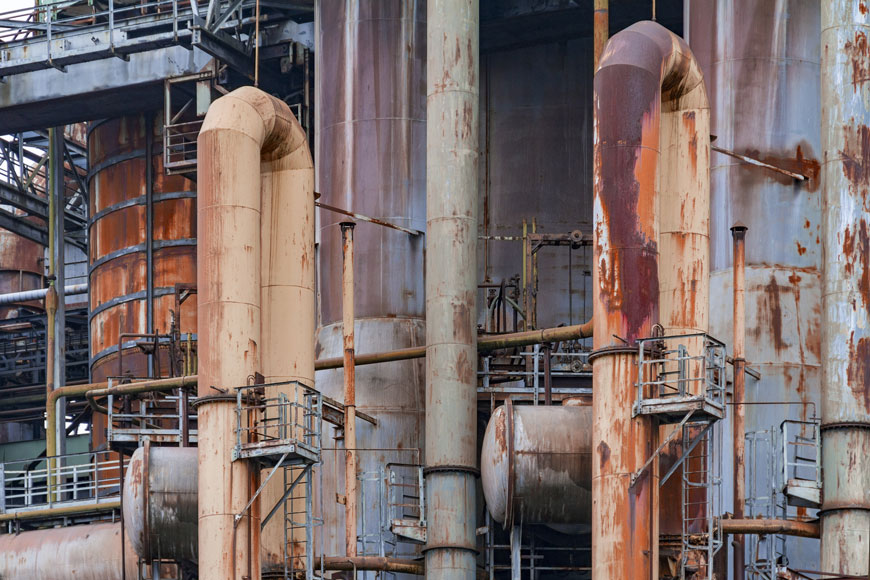
Welded Steel Pipe-stainless steel How to Remove Rust From Stainless Steel and Keep it Off!
Stainless steel is typically specified because of its ability to resist corrosion in a variety of environments. Unfortunately, stainless steel is not fully stain or rust-proof, it is just more resistant to corrosion that's why it's called stain less steel.Read more -
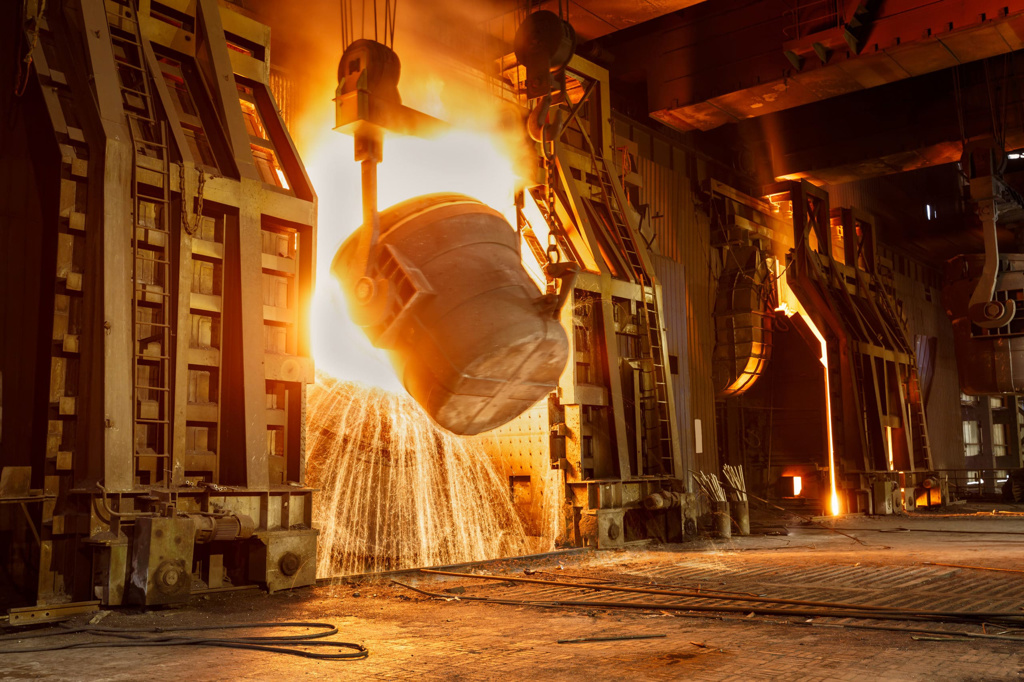
Carbon Steel Pipe-WHAT IS STAINLESS STEEL AND HOW IS IT MADE?
Due to its excellent corrosion resistance, high strength and attractive appearance, stainless steel sees a wide range of uses across both industrial and consumer markets.Read more -
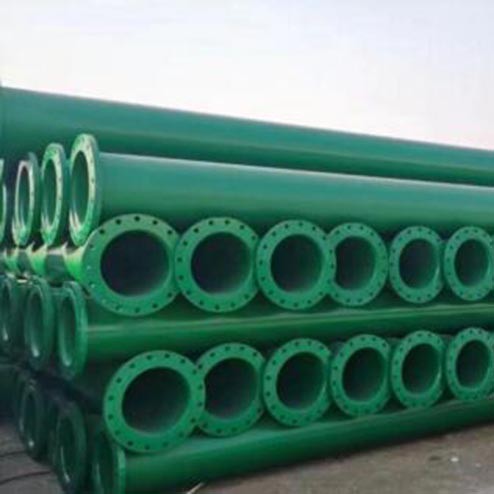
Stainless steel-WHY IS STAINLESS STEEL NOT MAGNETIC?
But back to magnetism. In the case of steel, whether or not it is magnetic comes down to the microstructure of the steel. Basic stainless steels have what’s known as a “ferritic” structure, which enables them to be magnetic. Remember the chromium content? It’s the addition of chromium that leads to the ferritic structure. This, plus the addition of carbon, hardens the steel and qualifies it as a martensitic steel. Stainless steel knives are typically martensitic.Martensitic steel differs from the most common stainless steels, which are referred to as austenitic. In austenitic steel, there is a higher percentage off chromium, and nickel is also present. In terms of magnetism, it is the addition of nickel that renders the steel non-magnetic.Read more -
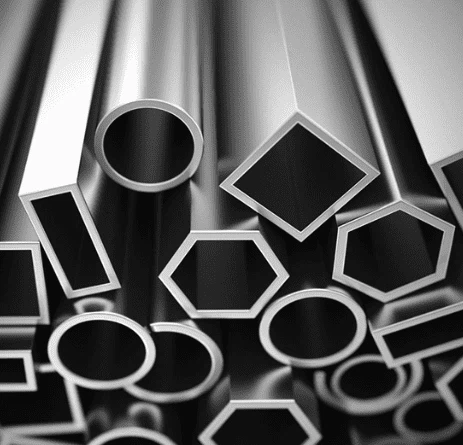
stainless steel Does stainless steel rust over time if left outside
Firstly, there are many kinds of stainless steel, but nearly every stainless steel you’ll find outside of specialized industry is either ferritic or austenitic. If you’ve heard of 440 stainless or sometimes referred to imprecisely as “surgical stainless steel”, that’s a ferritic stainless steel and only features chromium and iron to improve strength and save on costly nickel. It will corrode, albeit slowly, and generally only when exposed to chemicals. 440 is popular for cheesy gift shop novelty knives.Read more